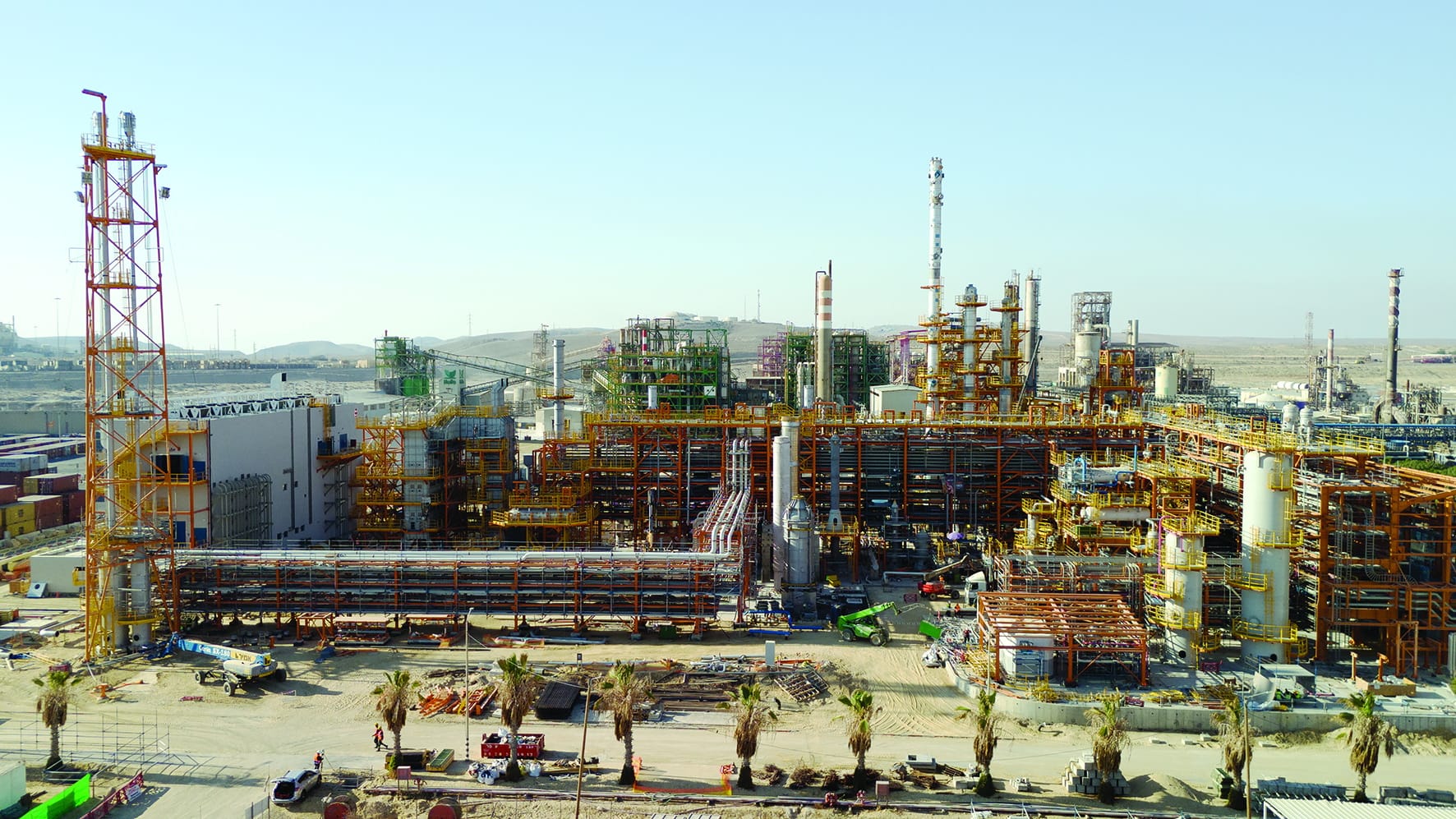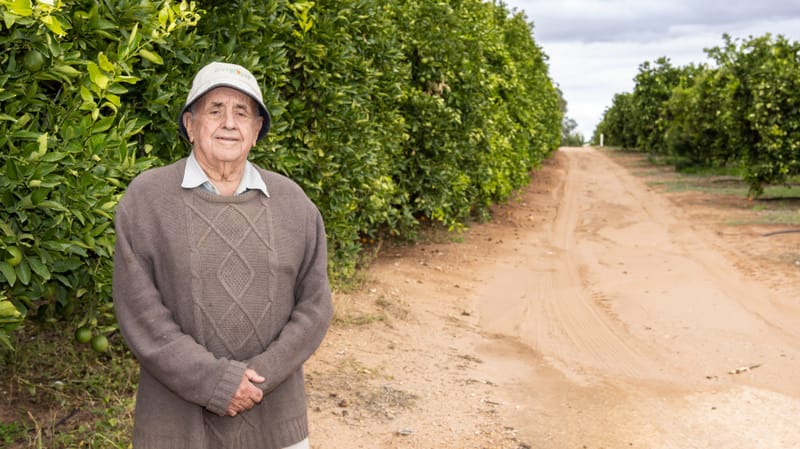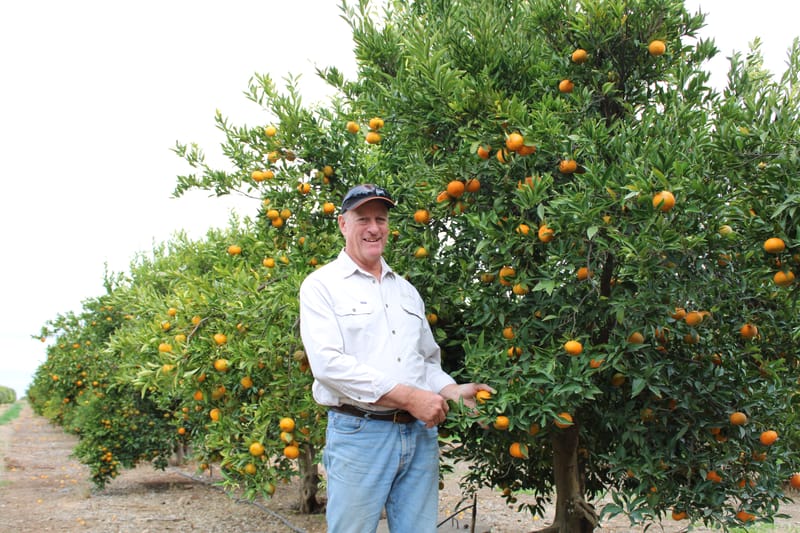Precision agriculture can benefit citrus and almond growers
SUSTAINABLE harvesting is amongst the ideal situation for any farmer in Australia, but with recent climate disruptions, new pests and rising costs, the use of new technologies and the responsible but effective limitation of fertilisers are among...

SUSTAINABLE harvesting is amongst the ideal situation for any farmer in Australia, but with recent climate disruptions, new pests and rising costs, the use of new technologies and the responsible but effective limitation of fertilisers are among recommended steps suggested by the CEO of HAIFA, Motti Levin, a mayor agriculture company that visited the Riverland in October.
Mr Levin alongside a group of local journalists visited a local citrus orchard in a bid to highlight the need for precision agriculture methods, including using smart fertilisers which are part of recent developments created to improve nutrient use and efficiency.
Mr Levin, who opened the 2024 Australian Almond Conference at the Adelaide Convention Centre, spoke about the steps needed to implement precision agriculture and sustainable industry practices, without affecting base costs and aiming to improve productivity in a fierce local environment.
“Australia has made good gains with precision agriculture and adopting more sustainable practices that, ultimately, also help mitigate climate change, but various other regions have a way to go,” Mr Levin said.
“To grow higher-yielding crops, the natural tendency has been to apply more, but we have over-fertilised and, ironically, contributed to the climate crisis.
“We need to increase precision agriculture methods, including using smart fertilisers and feeding crops through their roots or leaves, rather than by enriching the soils.
“Smart fertilisers better optimise crop nutrient usage for higher yields, they reduce costs for growers and they help protect the environment.”
Development of digital agricultural solutions may help in assisting local growers in the design of new fertiliser programs, enhancing the efficiency and sustainability of crops within the region.

Their latest digital developments is an app called Croptune, which can utilise leaf photos taken on-site with smartphone cameras, can identify the level of nitrogen in crops and aid farmers in real-time agronomic decisions.
“In the future, this platform will integrate more modules such as irrigation and plant protection, as well as predict carbon emissions,” Mr Motti said.
“These technological advancements not only increase productivity, but also contribute to climate change mitigation by reducing the environmental footprint of agricultural operations.”
“Now when it comes to farming capabilities in the Riverland, Potassium Nitrate has been an integral part of most tree crop fertiliser programs, but with new technologies like Haifa Croptune App, the efficient use of specific fertilisers can protect new crops and create an efficient environment to grow the best crops and ensure no actual harm to the environment,” he said.
“By embracing innovative precision practices and leveraging cutting-edge technologies, the industry could create a resilient agricultural framework that served the needs of the population and preserved the planet for future generations.”
During the latest weather changes, unexpected frosts that impacted hundreds of farmers and crops, creating millions of dollars in damages to the farming industry, but with new farming technologies, some of those potential damages and unexpected risks can be mitigated.
“While we at Haifa cannot change the weather, we can help limit risk by ensuring farmers do not over use products with technology being a key element to guarantee that every drop of irrigation water has nutrients for the plants and ensuring both water and fertiliser are used efficiently.
“As a collective industry, we all know the quite alarming targets we need to achieve to feed the world as we move towards 2050. The UN says the population will increase by about 40 per cent and food consumption by around 70pc, and the FAO says arable land will decrease by 13 points per capita and irrigation will need to increase 50 points to meet the food demand – as well as draw from reduced water resources,” Mr Levin said.
Mr Levin also made emphasis into “embracing innovative precision practices and leveraging cutting-edge technologies, the industry could create a resilient agricultural framework that served the needs of the population and preserved the planet for future generations”.





